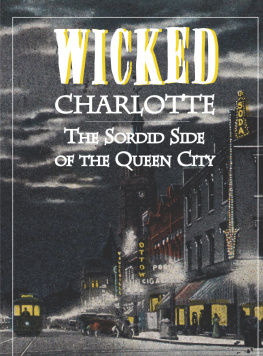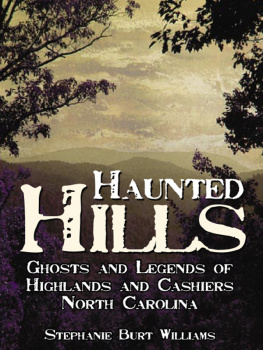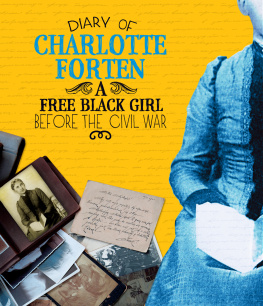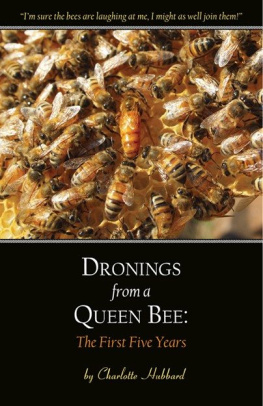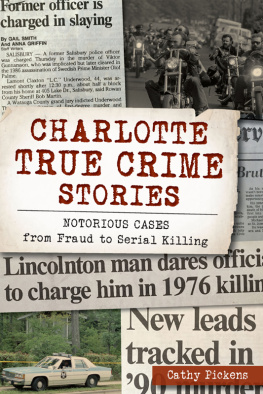

Published by The History Press
Charleston, SC 29403
www.historypress.net
Copyright 2006 by Stephanie Burt Williams
All rights reserved
Cover Image: 1926 vintage postcard of North Tryon Street at night. Courtesy of the Robinson-Spangler Carolina Room of the Public Library of Charlotte and Mecklenburg County.
First published 2006
e-book edition 2012
ISBN 978.1.61423.342.8
print edition ISBN 978.1.59629.160.7
Library of Congress CIP data applied for.
Notice: The information in this book is true and complete to the best of our knowledge. It is offered without guarantee on the part of the author or The History Press. The author and The History Press disclaim all liability in connection with the use of this book.
All rights reserved. No part of this book may be reproduced or transmitted in any form whatsoever without prior written permission from the publisher except in the case of brief quotations embodied in critical articles and reviews.
For Dad, whose love of the past created another history buff in the family.
CONTENTS
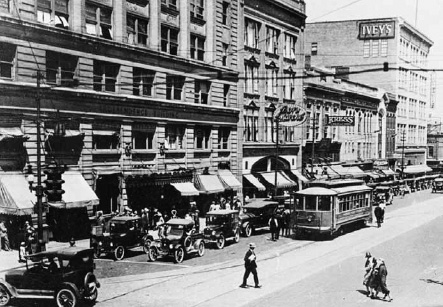
A classic Charlotte street scene from its trolley era. Charlotte was built on business and liked new technology, such as the electric streetcar. Courtesy of the Robinson-Spangler Carolina Room of the Public Library of Charlotte and Mecklenburg County.
ACKNOWLEDGEMENTS
Thanks first to the Robinson-Spangler Carolina Room of the Public Library of Charlotte and Mecklenburg County, whose wonderful files gave me a great start and especially to Sheila Bumgarner for her help in gathering many of the photographs. Thanks most of all to Bob for his encouragement and for being a part of my every day.
INTRODUCTION
Charlotte is not necessarily considered a wicked place. Evil is not evident in the shiny buildings and tree-lined streets of the Queen City. Its not a New Orleans, a Charleston or a Memphis that drip with folk tales around every corner, or make their tourism dollars with history tours and carriage rides. But despite the fact that it is one of the fastest-growing cities in the nation and it is forward thinking in much of its architecture and policies, it has a past, and a long one at that.
Charlotte was an established crossroads town by the time of the American Revolution, and the fields of Mecklenburg County surrounding it were filled with farms and plantations. It was a place with people and history, and with that history came the good and the bad. It was a rough-and-tumble place at a trading crossroads, built on commerce instead of culture from its very beginnings. Many of the same ills that affected the American South as a whole did have a place in Charlotte, both during the antebellum period and after it.
But it is its history post-1950 that really started to distinguish it from other cities. Very quickly, it went from a large Southern town to a bustling Southern city, new buildings replacing old structures in the center city as the business of banking became the business of Charlotte. Transfers and transplants started pouring in from other parts of the country, and for a while, Charlotte did not know who it was, a little Atlanta or a big Birmingham. But it is neither. It is something elsea mixture of old and new that at last is admitting its place in the past as well as the future. It is the New South City, but it has roots in the Old South and the past in general, not all pretty and not all proud.
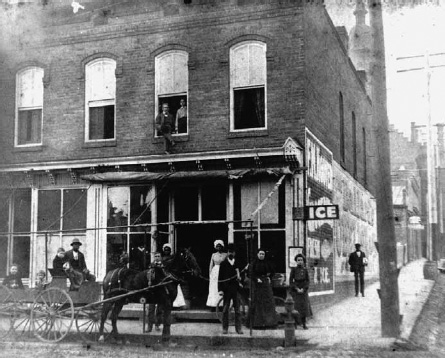
The southwest corner of North College and East Fifth Streets in 1900. Courtesy of the Robinson-Spangler Carolina Room of the Public Library of Charlotte and Mecklenburg County.
Charlotte is my hometown and the birthplace of my ancestors. There are wonderful people in Charlotte who will refill your tea glass without a word, smile at you in line at the bank and offer you a seat in the pew beside them at church. These are my friends, my past coworkers and my family. These are my people. But this book is not about those people.
In the history of any place, there are those who are not interested in living peacefully side by side with one another. For whatever reason, be it greed, jealously, desire of power or just plain spite, they make decisions that lead them down a path decidedly different from those Charlotteans I call neighbors. This book is about them and the deeds they did.
Although we do not want to admit it, they are part of Charlotte history too, and the filling in of their stories will make us better appreciate our own, not just for what we have, but for the things from which we have turned away.
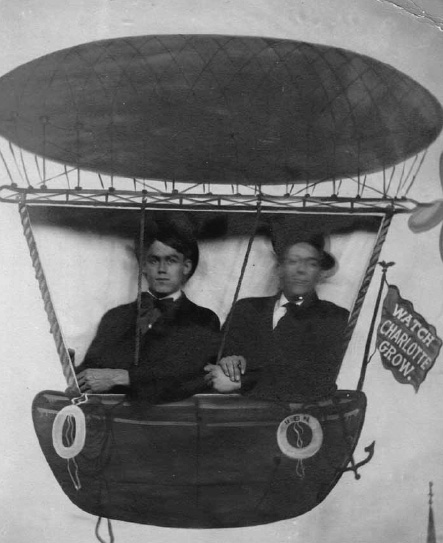
Williams Cicero Warner Sr. (on left), my great-grandfather, and unidentified friend, circa 1910. Courtesy of W.S. Burt Family Collection.
GREED IS THE COLOR OF GOLD
GOLD MINING IN CHARLOTTES EARLY HISTORY
Some might say that Charlotte has always been ruled by money. It is all about what you have, what you spend and how you show it off. New neighborhoods of houses decorated like wedding cakes show off new money in areas all over the Charlotte region, from the new money glittering all along the banks of the fake Lake Norman to the neo-traditional neighborhoods of southwestern Mecklenburg County.
Old money rules the center city, and its not about how much you havethats a givenbut who your mother was and where you father attended college, practices law or other such pedigrees. And if you do not have old money, theres no way to get it, although Charlotte is a little more forgiving than a lot of traditional Southern cities. New money can become old money in as little as two generations. That is how we are, rewarding the new money for staying around.
Our tallest buildings are built by, named after and home to many of the countrys largest banks. After all, according to the Charlotte Chamber, more banking resources are headquartered in Charlotte than in all but one U.S. city. This town is focused on moneythe ways to make it, manage it, what to buy with it. How did this sleepy little town at a crossroads in the North Carolina Piedmont become such a powerhouse of banking, commerce and general commercialism? Well, we came by it naturally. There was gold scattered all through the rolling hills of the Piedmont that surrounded those crossroads.
Thats rightthis sleepy little crossroad held a secret of the most primal greed just below the surface. Creeks wound all throughout the countryside, and as they cut gently into the land they revealed shallow veins of gold. Gold is a shaper of nations. It drove Cortez deep into the Aztec jungles. It fueled some of the greatest wars in antiquity. And it definitely shaped the United States.
Gold, or the quest for it, brought many of the first settlers of the Southern United States to this land, and many accounts have the first pilgrims needing that first Thanksgiving meal from the Native Americans because they had squandered the harvest season carousing the Backcountry, looking for gold. But the first gold rush, that feverish migration of peoples with get rich quick shining in their eyes, was to begin in the Charlotte region.
Next page
